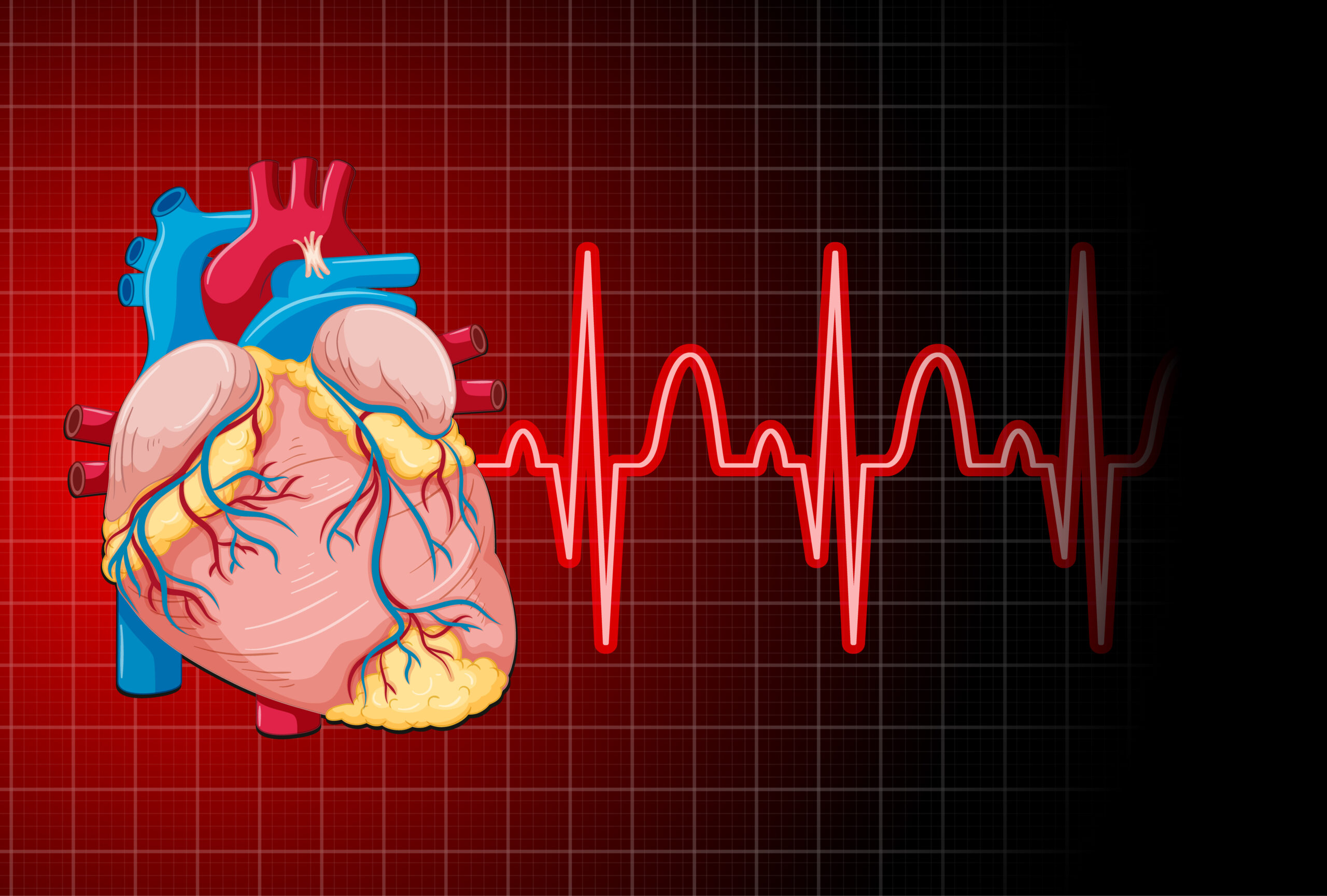Open courses
Understanding Atrial Fibrillation: A Common Heart Rhythm Disorder
AF (Atrial Fibrillation) interrupts the intricate symphony of the human body, where the heart plays a pivotal role, orchestrating the flow of life. Let’s delve into the depths of this prevalent heart rhythm disorder, its implications, and management.
What is Atrial Fibrillation (AF)?
Atrial Fibrillation, or AF, is a common cardiac condition characterised by irregular and often rapid heartbeats. It arises from erratic electrical impulses in the heart’s upper chambers, the atria, disrupting the natural rhythm. This irregularity can lead to ineffective pumping of blood, potentially causing various health complications.
Symptoms and Manifestations
AF can manifest in diverse ways, ranging from subtle to severe symptoms. Common signs include palpitations, shortness of breath, fatigue, dizziness, and chest discomfort. However, some individuals might remain asymptomatic, making detection challenging without medical evaluation.
Risk Factors
Several factors predispose individuals to AF, including advanced age, hypertension, diabetes, obesity, excessive alcohol consumption, smoking, and certain underlying heart conditions. Moreover, genetic predispositions and lifestyle choices contribute significantly to its development.
Consequences and Complications
Beyond its immediate symptoms, AF poses significant health risks if left unmanaged. The irregular heartbeat increases the likelihood of blood clots forming in the atria. If these clots dislodge, they can travel to vital organs, such as the brain, leading to a stroke—a potentially life-threatening complication of AF.
Diagnosis and Evaluation
Accurate diagnosis of AF involves a comprehensive assessment, including medical history, physical examination, and diagnostic tests such as electrocardiogram (ECG), echocardiogram, and Holter monitoring. Timely detection is crucial for implementing appropriate management strategies and reducing the risk of complications.
Management and Treatment
The management of AF aims to control symptoms, prevent complications, and restore normal heart rhythm. Treatment strategies may include medications to regulate heart rate and rhythm, anticoagulants to reduce the risk of stroke, lifestyle modifications, and in some cases, procedures such as cardioversion or catheter ablation. Also it helps to be prepared for emergencies if taking care of someone with this condition for example you can take part in health and safety courses which will give you the correct knowledge of what to do in emergencies
Living with AF
Managing AF extends beyond medical interventions to encompass lifestyle adjustments and self-care practices. Adopting a heart-healthy diet, maintaining a healthy weight, engaging in regular exercise within safe limits, avoiding excessive alcohol and caffeine intake, and managing stress can all contribute to better heart health and symptom control.
Seeking Support and Care
Living with AF can be daunting, but individuals need not navigate this journey alone. Support groups, educational resources, and collaboration with healthcare professionals play pivotal roles in empowering individuals with AF to understand their condition, make informed decisions, and lead fulfilling lives despite its challenges.
Conclusion
Atrial Fibrillation (AF) stands as a prevalent cardiac disorder, demanding attention and proactive management. Understanding its intricacies, recognising risk factors, and embracing holistic approaches to care are crucial steps towards mitigating its impact and promoting heart health. By fostering awareness, education, and support, we can strive towards a future where AF exerts minimal disruption on the rhythm of life.


